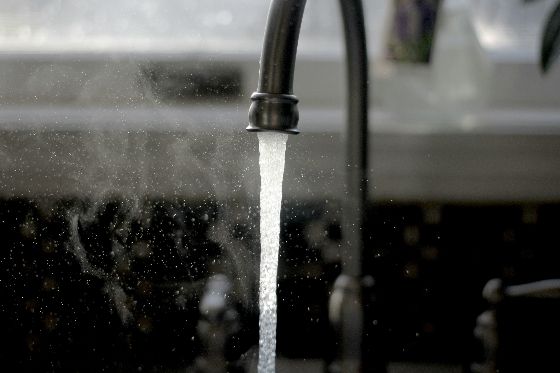
By Rachel McDonald, the Australian Science Media Centre
For over 40 years, a chemical commonly found in drinking water has remained a mystery. Today, international researchers published a study identifying this mystery chemical as chloronitramide anion, a compound previously unknown to science.
Chloronitramide anion is a byproduct caused by treating water with inorganic chloramines – chemicals commonly used in Australia and the US where the study was conducted.
Professor Ian Rae from the University of Melbourne told the AusSMC that researchers have been aware for a long time that they didn’t have all the information about the substances present after water disinfection.
“Something was missing. A phantom substance. Now the books have been balanced and the phantom has been revealed as a new substance, hitherto unknown to science,” Prof Rae said.
“It's a negatively charged particle consisting of one chlorine atom, two nitrogen atoms and two oxygen atoms. Who would have thought that such a simple combination would have remained undiscovered over several centuries of chemical research in which tens of thousands of chemicals have been put on the books, so to speak?”
Oliver Jones, Professor of Chemistry at RMIT University said substances including chloronitramide were created when chemicals used for disinfection react with organic matter in the water. He said he agreed with the authors who recommended the toxicity of this newly discovered chemical be investigated, but said the discovery was also not cause for concern because while the chemical has only just been named, it has been present for a long time.
“I am not overly worried about my tap water,” Prof Jones said.
“We should remember that the presence of a compound does not automatically mean it is causing harm. The question is not - is something toxic or not – because everything is toxic at the right amount, even water. The question is whether the substance is toxic at the amount we are exposed to. I think here the answer is probably not.”
“Only 40 samples were tested in this study, which is not enough to be representative of all tap water in the USA and the concentration of chloronitramide was well below the regulatory limits for most disinfection by-products in the majority of samples."
Professor Stuart Khan from the University of Sydney agreed that while there have been unknowns about the exact chemicals in our drinking water, we know treating water with chemicals is important for public health and safety.
"Chemical disinfection of drinking water is an extremely important practice, and one that has prevented millions of illnesses and premature deaths. It is most certainly among the most impactful public health interventions of the last century,” Prof Khan said.
“While the precise identity of this disinfection byproduct is new information, it doesn’t change what we know about the safety of chlorinated or chloraminated drinking water. Many studies have been undertaken to directly assess the toxicity of drinking water samples, and these have been undertaken using methods that do not require the identity of specific chemical substances to be known.”
“While there are almost always low levels of toxicity associated with any reactive chemicals, chlorinated and chloraminated drinking water have been shown to be extremely safe when treated in accordance with Australian and international guidelines and standards.”
You can read the full Expert Reaction here
This article originally appeared in Science Deadline, a weekly newsletter from the AusSMC. You are free to republish this story, in full, with appropriate credit.
Contact: Rachel McDonald
Phone: +61 8 7120 8666
Email: info@smc.org.au